

Automatic Snack Bakery Machine Croissant Bread Maker Production Line Baguette Loaf Toast Bread Bakery Production Line

Industrial Dough Freezer Frozen Pizza Pita Bread Making Freezing Production Line Machines Frozen Tilapia Processing Line

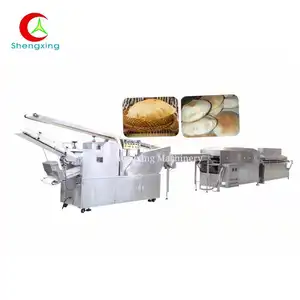
Premium Quality Arabic Bread Production Line Factory Arabic Bread Production Line Commercial India Pita Maker Machine


Corn Tortilla Machine Automatic Doritos Chips Production Line Corn Chips Machinery Tortilla Process Line


Automatic Dough Divider And Rounder MP45 Electric Commercial Industrial Fully Automatic PIzza Bread Dough Divider Rounder Momo Making Machine Dough Ball Maker

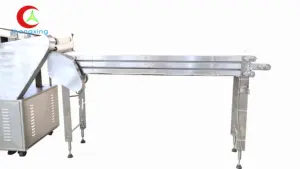
Arabic Bread Pita Producing Line Bakery Bread Oven Arabic Tanor Arabic Bread Machine Full Automatic


Full Automatic 30cm Turque Corn tortilla De Presse roti chapati making machine Pita Bread production line
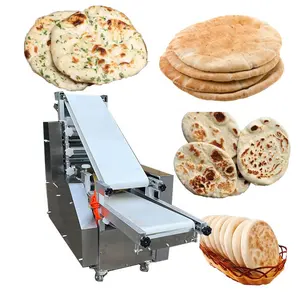
5-40cm Fully automatic tortilla chapati making machine Arabic pita bread roti maker paratha Naan flat bread production line
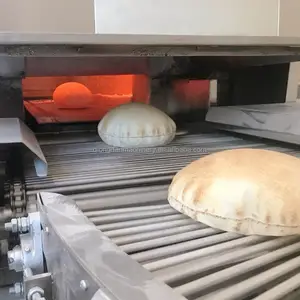
High capacity price of bakery turkish india lebanese arabic pita bread flat chapati making machine automatic production line
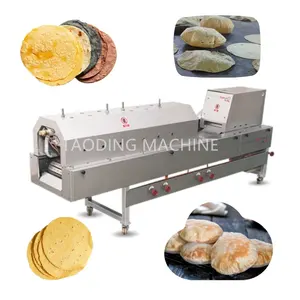
gas/electric heating automatic flour tortilla machine commercial roti chapati maker pita bread making paratha production line

Commercial automatic arabic pita bread roti chapati making machine and pita bread production line
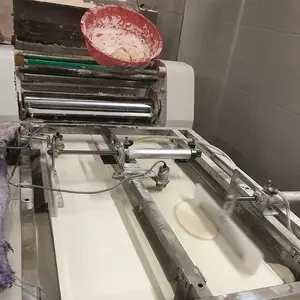
Commercial Arabic automatic pita bread pancake machine and pita production line

Automatic Arabic Pita Bread Production Line for Hot Sale

Arab Breads Machine/Pita Bread Line/Pocket Breads Production Line

saj arabic pita bread machines full lebanese bread production line

Full Automatic Pita Bread Making Machine Production Line

automatic production line for pita bread / automatic pita bread machine pita bread line

Kitchen Equipment Arabic Pita Bread Production Line /arabic Pita Bread Making Machine/arabic Pita Bread
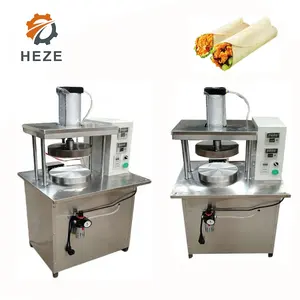
New Design Pita Bread Chapati Roti Flour Tortilla Production Line Manufacturer

Naan Lebanese Shawarma Arabic Lavash Pita Bread Chapati Roti Make Machine Production Line Fully Automatic

Automatic pancake pita bread production line industrial pasta production line

Automatic Arabic Pita Bread Production Line for Hot Sale

Arabic pita bread manufacturing machines in bread making production line
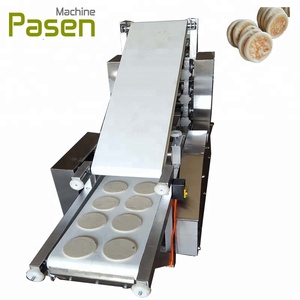
Automatic pizza crust maker machine pita bread production line

automatic 10-24 inch flour tortilla maker / Arabic Pita Bread making machine / Chapatti roti Production Line

kitchen equipment arabic pita bread production line /arabic pita bread making machine/arabic pita bread

Industry Automatic Arabic bread complete pita production line factory good price
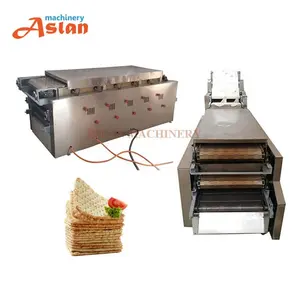
Pita bread production line/ lebanese bread making baking machine/ thick flour tortillas making machine

China Factory Supply Pita Bread Tunnel Oven Cookie Hard Biscuits Tunnel Bake Oven Production Line

Yoslon Industrial Full Automatic, Roti Chapati Making Machine Pita Bread Making Machine Pizza Production Line/

Shawarma Pocket Pita Chapati Make Machine Fully Automatic Press Arabic Bread Production Lines and Bake
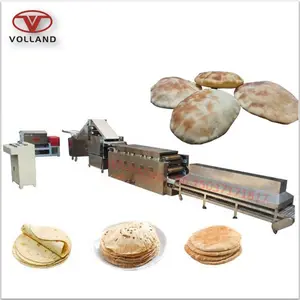
arabic pita bread machine/roti chapati making line/Arabic Bread Production Line

Fully automatic small pizza arabic lavash naan roti pita bread production line
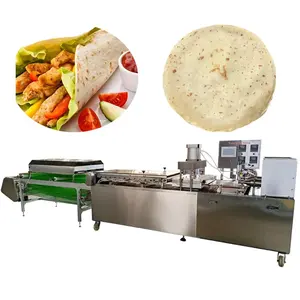
Industrial Full Automatic Chapati Maker pita bread making machine flour tortilla production line



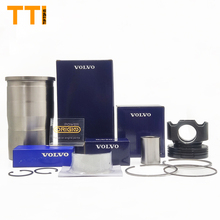


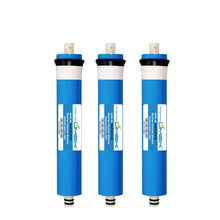

































 浙公网安备 33010002000092号
浙公网安备 33010002000092号 浙B2-20120091-4
浙B2-20120091-4